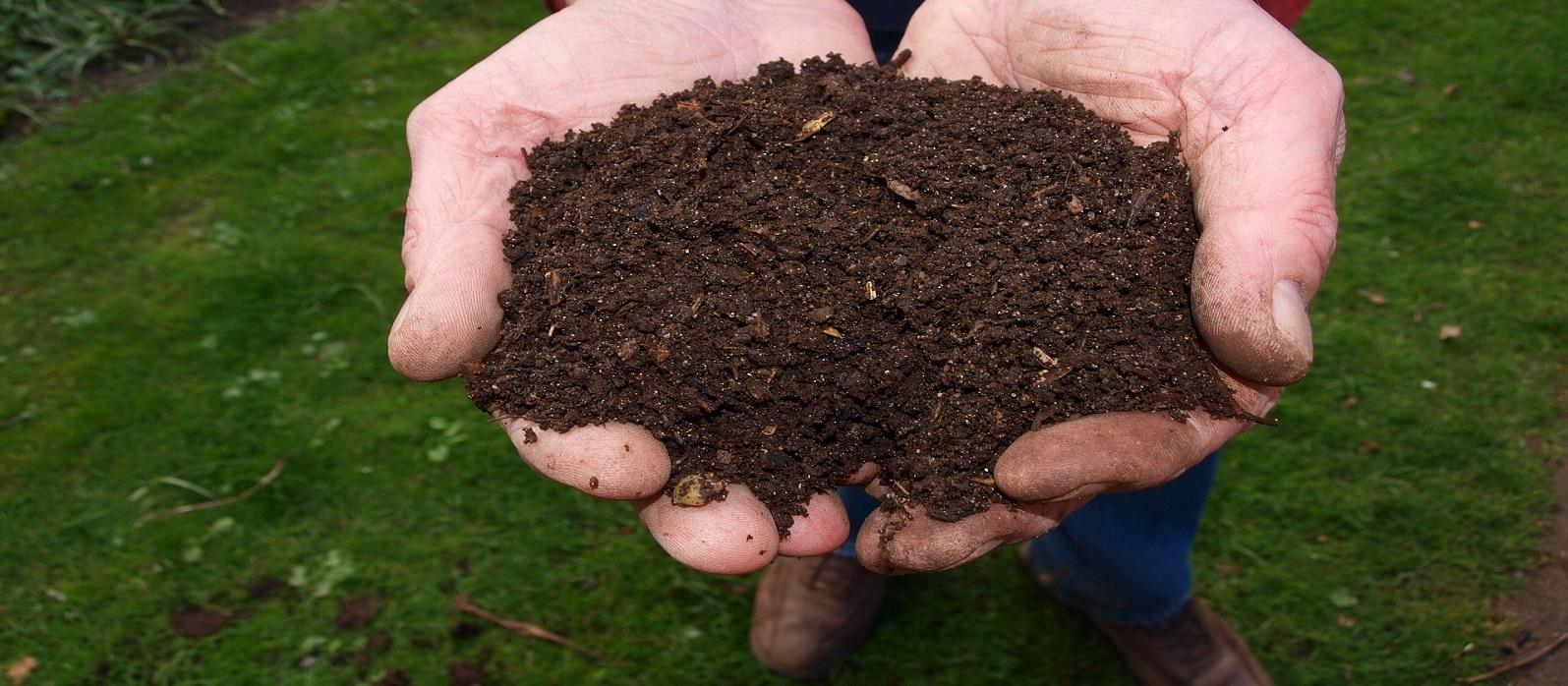

Articles
What Soil To Use For Raised Garden Beds
Modified: January 6, 2024
Learn how to choose the right soil for your raised garden beds and start your gardening journey with the perfect foundation.
(Many of the links in this article redirect to a specific reviewed product. Your purchase of these products through affiliate links helps to generate commission for Storables.com, at no extra cost. Learn more)
Introduction
Raised garden beds have become increasingly popular among gardening enthusiasts. These elevated planting areas offer numerous benefits, making them an excellent choice for both experienced gardeners and beginners. One crucial aspect to consider when setting up a raised garden bed is the type of soil that should be used.
The soil in your garden bed serves as the foundation for your plants’ growth and overall health. It is essential to choose the right soil to ensure optimal nutrient content, drainage, and moisture retention. This article will guide you through the selection process and help you determine the best soil for your raised garden beds.
Before diving into the various types of soil, let’s explore the benefits of using raised garden beds.
Key Takeaways:
- Choose a well-balanced soil mix for raised garden beds to provide optimal conditions for plant growth, including nutrient availability, moisture retention, and proper drainage.
- Consider sustainable soil amendments like compost, peat moss, and coco coir to create a thriving garden while minimizing environmental impact.
Benefits of raised garden beds
1. Enhanced drainage: Raised garden beds provide improved drainage due to their elevated structure. Excessive water drains away more efficiently, preventing waterlogging and root rot.
2. Weed control: The raised height of garden beds makes it easier to control and prevent the growth of weeds. Raised beds create a physical barrier between the garden soil and surrounding weed seeds, reducing the need for constant weeding.
3. Improved soil quality: By using customized soil mixes, gardeners have more control over the quality and composition of the soil in raised beds. This allows for better nutrient balance and healthier plant growth.
4. Longer growing season: The elevated design of raised garden beds allows the soil to warm up more quickly in the spring, extending the growing season. This is especially beneficial in regions with shorter growing periods.
5. Accessibility: Raised garden beds are ideal for gardeners with physical limitations, as they can be designed at a comfortable height, reducing the need for bending or kneeling.
Now that we understand the advantages of raised garden beds, let’s explore the factors to consider when selecting soil for these elevated planting areas.
Key Takeaways:
- Choose a well-balanced soil mix for raised garden beds to provide optimal conditions for plant growth, including nutrient availability, moisture retention, and proper drainage.
- Consider sustainable soil amendments like compost, peat moss, and coco coir to create a thriving garden while minimizing environmental impact.
Benefits of raised garden beds
1. Enhanced drainage: One of the significant advantages of raised garden beds is their superior drainage. The raised structure allows excess water to drain away more efficiently compared to traditional gardens. This prevents waterlogging, which can lead to root rot and other issues that negatively impact plant health. Proper drainage is crucial for the overall success of your garden, and raised beds offer this advantage.
2. Weed control: Raised garden beds provide better weed control compared to ground-level gardens. The raised height creates a physical barrier between the garden soil and surrounding weed seeds, making it more difficult for weeds to take root and grow. With fewer weeds to contend with, you can spend less time and effort on weed removal and more time enjoying your garden.
3. Improved soil quality: When using raised garden beds, you have more control over the quality and composition of the soil. This means you can customize the soil mix to suit the specific needs of your plants. You can add amendments such as compost, organic matter, and other nutrients to create a nutrient-rich environment. This results in healthier plant growth, increased yields, and vibrant, flourishing gardens.
4. Longer growing season: Raised garden beds warm up faster than the surrounding ground in the spring. This allows you to start planting earlier and extend the growing season. The increased warmth is beneficial, especially in regions with shorter growing periods or colder climates. Additionally, the elevated beds provide better insulation, protecting your plants from frost and cold temperatures, further prolonging the growing season.
5. Accessibility: Raised garden beds are suitable for gardeners of all ages and physical abilities. Their elevated design allows you to tend to your plants without needing to bend over or kneel on the ground. This makes gardening more comfortable, especially if you have mobility issues or back problems. Raised beds can be built at a height that suits your needs, ensuring a more enjoyable and less strenuous gardening experience.
6. Pest control: Raised garden beds can provide some natural protection against pests. The raised structure can make it more challenging for certain garden pests, such as snails or slugs, to access your plants. However, it’s important to note that raised beds are not entirely pest-proof, and additional measures may still be necessary to protect your crops.
Overall, raised garden beds offer numerous benefits that contribute to the success and enjoyment of your gardening endeavors. From better drainage and soil control to extended growing seasons and improved accessibility, these elevated planting areas are an excellent option for gardeners of all levels of experience.
Now that we’ve discussed the benefits of raised garden beds, let’s explore the factors to consider when selecting the soil for your raised beds.
Factors to consider when selecting soil for raised garden beds
Choosing the right soil for your raised garden beds is vital for the success of your plants. Here are some factors to consider when selecting soil:
1. Nutrient content: The soil you choose should be rich in essential nutrients to support healthy plant growth. Look for soil that is high in organic matter, such as compost or well-aged manure. These organic materials provide a good source of nutrients and help improve soil fertility.
2. Drainage: Good drainage is crucial to prevent waterlogging, which can lead to root rot and other plant diseases. Select soil that has good drainage properties, allowing excess water to drain away easily. Avoid heavy clay soils that tend to retain water and impede drainage.
3. Moisture retention: While drainage is important, it’s equally crucial that the soil retains moisture to keep your plants adequately hydrated. Look for soil that has good water retention properties, allowing your plants to access moisture when needed. The soil should strike a balance between draining excess water and retaining enough moisture for plant uptake.
4. pH level: The pH level of the soil refers to its acidity or alkalinity. Different plants have different preferences for soil pH, so it’s essential to choose soil that matches the needs of the plants you intend to grow. Most vegetables prefer a slightly acidic to neutral pH range (around 6.0-7.0), but it’s always a good idea to check the specific pH requirements for your desired plants.
5. Soil texture: The texture of the soil refers to the relative proportions of sand, silt, and clay particles. Ideally, you want a well-balanced soil with a mixture of these particles. Sandy soil tends to drain quickly but may struggle to retain moisture and nutrients. Clay soil retains water well but can become compacted and drain poorly. Loam soil, which is a balanced mixture of sand, silt, and clay, is often considered the best for raised garden beds as it provides good drainage, moisture retention, and optimal root growth.
6. Local climate and weather conditions: Consider the climate in your area when selecting soil for your raised garden beds. If you live in a dry or arid region, you may want to choose soil with better water retention properties. Conversely, in areas with heavy rainfall, good drainage becomes even more critical to prevent waterlogged soil.
By considering these factors, you can choose the ideal soil for your raised garden beds that will provide the right conditions for healthy plant growth. In the next section, we will explore the different types of soil commonly used in raised garden beds.
Types of soil for raised garden beds
When it comes to selecting soil for your raised garden beds, there are several options available. Here are some of the most commonly used types:
- Topsoil: Topsoil is the uppermost layer of soil and contains a mixture of organic matter, minerals, and microorganisms. It is often used as a base for raised garden beds. However, it’s important to note that not all topsoil is created equal. Look for high-quality topsoil that is free from contaminants and has a good balance of nutrients.
- Compost: Compost is a valuable addition to any garden bed. It is made by decomposing organic matter, such as kitchen scraps, yard waste, and plant material. Compost improves soil structure, increases nutrient content, and enhances moisture retention. Adding compost to your raised garden beds can significantly enrich the soil and promote healthy plant growth.
- Peat Moss: Peat moss is a lightweight soil amendment that improves moisture retention and drainage. It is acidic in nature and is often used to lower the pH of soil. Peat moss is an excellent choice for acid-loving plants, such as blueberries or rhododendrons. However, it’s important to consider the environmental impact of peat moss extraction, as its use is controversial due to concerns about carbon emissions.
- Vermiculite: Vermiculite is a mineral that is often used in gardening to improve soil structure and moisture retention. It has the ability to hold onto water and nutrients, making it an excellent choice for raised garden beds. Vermiculite is lightweight and does not compact easily, allowing for better airflow to plant roots.
- Perlite: Perlite is another lightweight mineral that is commonly used in gardening. It helps improve drainage and aeration in the soil. Perlite retains some moisture but doesn’t hold onto it as well as vermiculite. It is often used in soil mixes to prevent compaction and improve overall soil structure.
- Coco Coir: Coco coir, also known as coconut fiber, is a growing medium that is made from the husks of coconuts. It is a sustainable alternative to peat moss. Coco coir has excellent water-holding capacity and provides good drainage. It also improves soil aeration and can be used as a substitute for peat moss in raised garden beds.
- Organic Soil Mixes: In addition to individual soil amendments, there are also pre-mixed organic soil blends available specifically for raised garden beds. These mixes usually consist of a combination of topsoil, compost, and other organic materials. Organic soil mixes provide a balanced nutrient content and good drainage, making them a convenient option for gardeners.
These are just a few examples of the many options available for soil in raised garden beds. The ideal choice will depend on your specific gardening needs, the plants you intend to grow, and the conditions in your area. In the next section, we will discuss how to choose the ideal soil combination for your raised garden beds.
Read more: What To Put In A Raised Garden Bed For Soil
Topsoil
Topsoil is a commonly used soil option for raised garden beds. It is the uppermost layer of soil, typically ranging from 2 to 8 inches in depth, depending on the location. Topsoil is rich in organic matter, minerals, and microorganisms, making it an ideal base for your raised garden bed.
When selecting topsoil for your raised garden beds, it is important to choose a high-quality product. Look for topsoil that is free from contaminants such as pesticides, herbicides, and heavy metals. You can check for quality by examining the texture, smell, and color of the topsoil. It should be loose, crumbly, and easy to work with.
It’s also beneficial to choose topsoil that has a balanced nutrient content. Different regions may have varying nutrient profiles in their topsoil, so it is wise to conduct a soil test to determine if any amendments are needed. Adding organic matter, such as compost, to the topsoil can improve its nutrient content and overall fertility.
When filling your raised garden bed with topsoil, ensure that you have enough to create a sufficient depth for plant roots to grow. A depth of at least 6-8 inches is recommended, but deeper beds can be beneficial for certain plants with longer root systems.
Keep in mind that topsoil should not be used as the sole component of your soil mix in raised garden beds. While it provides a solid base, it may lack the necessary drainage and nutrient content on its own. Combining topsoil with other soil amendments is essential for creating a well-balanced soil mixture.
Overall, topsoil is a valuable option for raised garden beds. It serves as a foundation for plant growth, provides essential nutrients, and supports healthy root development. By selecting high-quality topsoil and combining it with other soil amendments, you can create an optimal growing environment for your raised garden beds.
Compost
Compost is a nutrient-rich soil amendment that is an excellent choice for filling raised garden beds. It is created through the decomposition of organic matter, such as kitchen scraps, yard waste, leaves, and plant material. Composting not only reduces waste but also transforms it into a valuable resource for your garden.
When using compost in your raised garden beds, you benefit from its ability to improve soil structure, increase nutrient content, and enhance moisture retention. Compost is a rich source of organic matter, beneficial microorganisms, and essential nutrients like nitrogen, phosphorus, and potassium.
Adding compost to your soil mix helps improve its overall fertility. It enhances nutrient availability and promotes healthy plant growth. The organic matter in compost also aids in soil structure development, creating a crumbly texture that allows for better root penetration and nutrient uptake.
Compost enhances moisture retention in the soil by increasing its water-holding capacity. This is especially beneficial in raised garden beds, where proper moisture management is critical. The compost helps retain moisture around the plant roots, reducing the frequency of watering and preventing water stress in your plants.
When using compost in raised garden beds, it’s important to consider the quality of the compost. Well-aged compost that has gone through the proper decomposition process is preferable. It should have a dark, crumbly texture, and a pleasant, earthy smell. Avoid using fresh, unfinished compost that may contain pathogens or weed seeds.
When filling your raised garden beds, aim to incorporate a generous amount of compost into the soil mix. A ratio of 20-30% compost to the remaining soil components is generally recommended. This ensures a significant boost in organic matter content and nutrient availability for your plants.
In addition to incorporating compost into the soil mix, you can also use it as a top dressing around existing plants. This helps provide a slow release of nutrients and further improves soil health throughout the growing season.
Compost is a sustainable and environmentally friendly option for enhancing the fertility of your raised garden beds. By recycling organic materials and creating compost, you can improve soil quality, increase plant productivity, and contribute to a healthier garden ecosystem.
Peat Moss
Peat moss is a popular soil amendment used in raised garden beds due to its unique properties and benefits. It is derived from partially decayed sphagnum moss found in peat bogs and is known for its ability to improve soil structure and moisture retention.
One of the primary advantages of using peat moss in raised garden beds is its exceptional moisture retention capability. It can absorb and hold up to 20 times its weight in water, keeping the soil consistently moist and reducing the frequency of watering. This is especially advantageous in dry or arid climates where water conservation is essential.
In addition to its water retention properties, peat moss also improves soil structure. It has a fibrous texture that helps loosen compacted soil, allowing for better root growth and nutrient uptake. This enhanced soil structure provides a more favorable environment for plants to flourish.
Another benefit of peat moss is its ability to lower the pH of soil. It is naturally acidic, making it suitable for acid-loving plants such as blueberries, azaleas, and rhododendrons. Incorporating peat moss into the soil mix can help create the acidic conditions these plants need for optimal growth.
However, it’s important to note that the use of peat moss has some environmental considerations. Peat bogs are fragile ecosystems that act as carbon sinks, absorbing and storing significant amounts of carbon dioxide. Harvesting peat moss for gardening purposes can contribute to the release of carbon dioxide into the atmosphere, potentially contributing to climate change.
When selecting peat moss for your raised garden beds, opt for brands that harvest sustainably and prioritize the conservation of peat bogs. Some alternative products, such as coconut coir, can be used as a substitute for peat moss. Coconut coir is an environmentally friendly option made from coconut husks and offers similar water retention properties.
When incorporating peat moss into your raised garden beds, aim to mix it thoroughly with the other soil components. A ratio of 20-30% peat moss to the remaining soil mixture is typically recommended. This ensures the soil retains moisture without becoming overly saturated.
Overall, peat moss is a valuable soil amendment for raised garden beds, particularly for plants that thrive in acidic conditions. It enhances moisture retention, improves soil structure, and can create an optimal environment for plant growth. However, it’s essential to consider the environmental impact and explore sustainable alternatives when possible.
When choosing soil for raised garden beds, look for a mix that is well-draining, nutrient-rich, and free of contaminants. A good mix often includes equal parts of topsoil, compost, and aeration materials like perlite or vermiculite.
Vermiculite
Vermiculite is a lightweight mineral that is commonly used as a soil amendment in raised garden beds. It is processed from natural minerals and expands when heated, creating a light, porous material with excellent moisture retention and aeration properties.
One of the primary advantages of using vermiculite in raised garden beds is its ability to improve soil structure. The particles of vermiculite are shaped like tiny sponges, creating air pockets in the soil. These air pockets help improve soil aeration, allowing oxygen to reach the plant roots and promoting healthy root development.
Vermiculite has excellent water-holding capacity, absorbing and retaining moisture in the soil. This is beneficial for raised garden beds, especially in hot, dry climates or for plants that require consistent moisture. The moisture retention properties of vermiculite help reduce water stress on plants, enabling more even growth and reducing the need for frequent watering.
In addition to its moisture retention and aeration benefits, vermiculite also enhances nutrient availability. It has cation exchange properties, which means that it can attract and hold nutrients, making them more accessible to plant roots. This helps improve overall nutrient uptake and plant health.
When using vermiculite in raised garden beds, it is typically added to the soil mix. Aim to incorporate vermiculite at a ratio of 10-20% to the overall soil mixture. This ensures that it contributes to the soil structure and moisture retention without overwhelming the soil composition.
It’s important to note that vermiculite is a neutral pH material and does not significantly affect the acidity or alkalinity of the soil. This makes it suitable for a wide range of plants, regardless of their pH preferences.
When purchasing vermiculite, look for a high-quality product that is asbestos-free. Asbestos-free vermiculite is safer to handle, and it has been tested and deemed free from harmful substances.
Overall, vermiculite is a valuable soil amendment for raised garden beds. Its ability to improve soil structure, enhance moisture retention, and promote nutrient availability make it an excellent choice for gardeners. Incorporating vermiculite into your soil mix can create an optimal growing environment for your plants and contribute to the success of your raised garden beds.
Read more: What Type Of Soil Mix To Use For Raised Beds
Perlite
Perlite is a lightweight mineral that is widely used as a soil amendment in raised garden beds. It is made by heating natural volcanic glass at high temperatures, causing it to expand into a porous, lightweight material with excellent drainage and aeration properties.
One of the primary advantages of using perlite in raised garden beds is its ability to improve soil drainage. Perlite particles have numerous tiny pores that create air spaces in the soil, allowing excess water to drain away rapidly. This helps prevent waterlogging and ensures that plant roots have access to oxygen, which is vital for their growth and overall health.
Perlite also aids in soil aeration. The air pockets created by perlite particles promote better airflow through the soil, preventing compaction and facilitating root respiration. This helps roots develop and function optimally, leading to healthier and more vigorous plant growth.
In addition to its drainage and aeration benefits, perlite also helps prevent soil compaction. Its lightweight nature reduces soil density, allowing it to remain loose and friable. This promotes good root penetration and prevents the soil from becoming compacted over time, which can hinder root growth and nutrient uptake.
Perlite does not retain water as well as some other soil amendments, which can be advantageous in areas with ample rainfall or for plants that prefer drier soil conditions. However, it’s essential to note that perlite can also increase evaporation, so adequate watering practices are necessary to ensure plants receive adequate moisture.
When using perlite in raised garden beds, incorporate it into the soil mix at a ratio of 10-30%, depending on the specific needs of your plants and the existing soil composition. This will help create a well-draining and well-aerated growing medium that promotes optimal root development and plant growth.
When purchasing perlite, opt for a high-quality product that is free from impurities and finely graded. This ensures that it will provide the desired benefits to your raised garden beds.
Overall, perlite is a valuable soil amendment for improving drainage, promoting aeration, and preventing soil compaction in raised garden beds. Its lightweight nature and ability to create air pockets in the soil contribute to healthier root systems and better plant growth. By incorporating perlite into your soil mix, you can create an optimal growing environment for your plants in raised garden beds.
Coco Coir
Coco coir, also known as coconut fiber, is a versatile and sustainable soil amendment that has gained popularity for use in raised garden beds. It is derived from the fibrous husk of coconuts and offers numerous benefits for plant growth and soil health.
One of the key advantages of using coco coir in raised garden beds is its excellent water retention capacity. Coco coir can retain moisture efficiently while still providing good drainage. Its fibrous structure allows it to hold onto water, ensuring that plant roots have access to moisture when needed. This is particularly beneficial in raised garden beds, where maintaining consistent moisture levels is crucial for plant growth.
Coco coir also provides optimal aeration to the soil. Its fibrous composition promotes good airflow within the soil, preventing compaction and allowing for the movement of oxygen to the roots. This leads to healthier root systems and overall plant vigor. Additionally, the increased aeration helps prevent waterlogging and root rot, which can occur in poorly drained soils.
In addition to its moisture retention and aeration properties, coco coir has an ideal pH level for plant growth. It is considered pH neutral, ranging from slightly acidic to slightly alkaline. This makes it suitable for a wide variety of plants, providing a neutral growing environment that supports their nutrient uptake and overall health.
Coco coir is also a sustainable option for raised garden beds. It is a renewable resource and an eco-friendly alternative to peat moss, which is often harvested unsustainably. By choosing coco coir, you can contribute to the conservation of peat bogs and reduce your impact on the environment.
When using coco coir in raised garden beds, it is typically available in compressed blocks or bricks. Before use, these blocks need to be rehydrated and expanded with water. Once expanded, the coco coir can be incorporated into the soil mix at a ratio of 20-30% or used as a top dressing around existing plants.
When purchasing coco coir, look for a high-quality product that is free of salts and contaminants. This ensures that you are providing your plants with clean and safe growing conditions.
Overall, coco coir is an excellent soil amendment for raised garden beds. Its superior water retention, aeration properties, neutral pH, and sustainability make it a popular choice among gardeners. By incorporating coco coir into your raised garden bed soil mix, you can create an optimal growing environment for your plants and contribute to the health of both your garden and the planet.
Organic Soil Mixes
Organic soil mixes are specially formulated blends of various components that provide the ideal growing medium for raised garden beds. These mixes typically combine different organic materials to create a balanced and nutrient-rich soil that promotes healthy plant growth.
One of the primary advantages of using organic soil mixes in raised garden beds is the convenience they offer. These pre-mixed blends save time and effort as they already contain a combination of carefully selected ingredients to create an optimal growing environment.
Organic soil mixes often include a combination of topsoil, compost, peat moss, vermiculite, perlite, and other organic amendments. Each component contributes its unique properties to the mix, such as nutrient content, moisture retention, drainage, and aeration.
These blends create a well-balanced soil structure that is loose and friable, allowing for proper root growth and nutrient uptake. Organic matter from compost improves soil fertility, while peat moss and vermiculite enhance moisture retention and aeration. Perlite and other additives contribute to better drainage and prevent soil compaction.
Using organic soil mixes in raised garden beds promotes soil health and beneficial microbial activity. The organic matter and diverse components in the mix provide a rich environment for beneficial microbes to thrive. These microbes play a crucial role in breaking down organic matter, releasing nutrients, and improving soil structure.
When using organic soil mixes, it is important to select high-quality products from reputable sources. Look for blends that are free from synthetic additives, pesticides, and herbicides. Organic certification labels can provide assurance that the soil mix meets specific organic standards.
When filling raised garden beds with organic soil mixes, ensure that you have enough for a sufficient depth. The recommended depth is typically 6-8 inches, but deeper beds can be beneficial for plants with extensive root systems. Remember to water the soil mix thoroughly before planting to ensure proper hydration.
Organic soil mixes provide a convenient and effective option for creating the optimal growing conditions in raised garden beds. They combine the benefits of various organic materials to ensure a well-balanced environment for your plants to thrive.
Overall, the use of organic soil mixes in raised garden beds promotes soil fertility, water retention, drainage, and overall plant health. By utilizing these pre-mixed blends, you can simplify the process of creating a healthy and productive garden in your raised beds.
Choosing the ideal soil combination for your raised garden beds
When it comes to selecting the ideal soil combination for your raised garden beds, several factors should be taken into consideration. The goal is to create a well-balanced growing medium that provides optimal conditions for your plants to thrive. Here are some tips to help you make the right choices:
1. Consider your plant’s needs: Different plants have different soil requirements. Some prefer well-draining soil, while others thrive in moisture-retentive soil. Take into account the specific needs of the plants you plan to grow in your raised garden beds. Research their preferred soil pH, moisture requirements, and nutrient needs to guide your soil selection.
2. Assess your existing soil: If you have existing soil in your raised garden beds, it is essential to assess its quality before amending it. Test the soil pH, texture, and nutrient levels. This will help you identify any deficiencies or imbalances that need to be addressed with appropriate soil amendments.
3. Consider the soil components: A well-rounded soil mix typically consists of a combination of different components such as topsoil, compost, peat moss, vermiculite, perlite, and coco coir. Each component contributes unique properties to the soil, such as nutrient content, moisture retention, drainage, and aeration. Find the right balance of these components to create an optimal growing environment.
4. Ensure good drainage: Proper drainage is crucial for raised garden beds to prevent waterlogging and root rot. Avoid heavy clay soils that can retain too much water. Incorporate materials like vermiculite or perlite into the soil mix to improve drainage and promote aeration.
5. Enhance soil fertility: Raised garden beds benefit from a nutrient-rich soil mix to support healthy plant growth. Incorporate compost, well-aged manure, or organic fertilizers to improve soil fertility. These additions provide essential nutrients and help enrich the soil over time.
6. Consider sustainability: When selecting soil components, consider the environmental impact of your choices. Look for sustainable options, such as coconut coir instead of peat moss, and choose organic soil amendments free from synthetic additives and chemicals.
7. Experiment with ratios: Depending on plant preferences and your local conditions, adjust the ratios of soil components in your mix. For example, if you live in a dry climate, you may want to increase the proportion of moisture-retaining components like peat moss or coco coir. Observe how your plants respond and make adjustments as needed.
8. Regularly monitor and maintain: Once you have established your ideal soil combination, it’s important to monitor the condition of the soil in your raised garden beds. Regularly check for moisture levels, nutrient deficiencies, and signs of compaction. Make adjustments as necessary by incorporating compost or other organic amendments to maintain soil health.
Choosing the ideal soil combination for your raised garden beds is crucial for providing the best growing conditions for your plants. By considering plant needs, assessing existing soil, and selecting the right components, you can create a well-balanced soil mix that supports healthy plant growth and yields abundant harvests.
Remember, gardening is a continuous learning process, and experimentation is key. Observe how your plants respond to the soil mix, make adjustments as needed, and enjoy the rewards of a thriving raised garden bed.
Read more: What Is A Raised Garden Bed
Tips for preparing and filling your raised garden beds with soil
Preparing and filling your raised garden beds with soil is an important step in creating a healthy and productive growing environment. Here are some tips to ensure the process goes smoothly:
1. Clear the area: Before filling your raised garden beds, remove any existing vegetation or debris from the area. Clearing the space allows for a fresh start and prevents competition with weeds or unwanted plants.
2. Install a barrier: Consider installing a barrier between the bottom of your raised garden beds and the ground to prevent weed growth from beneath. Use materials like landscape fabric or cardboard to create an effective weed barrier.
3. Choose the right depth: The depth of your raised garden beds will depend on the specific needs of the plants you plan to grow. Generally, a depth of 6-12 inches is sufficient for most vegetables, while deeper beds may be necessary for plants with extensive root systems.
4. Begin with a layer of gravel or rocks: To improve drainage in your raised garden beds, start by adding a layer of gravel or rocks at the bottom. This layer acts as a drainage source, preventing water from accumulating and reducing the risk of waterlogged roots.
5. Create a soil mix: Select the appropriate soil components based on your plant’s needs and local conditions. A well-balanced soil mix typically consists of a combination of topsoil, compost, peat moss, vermiculite, perlite, and other organic amendments. Adjust the ratios of these components based on your plant preferences.
6. Thoroughly mix the soil: Mix the chosen soil components together thoroughly to ensure an even distribution of nutrients and other beneficial properties. Use a shovel or a garden fork to thoroughly blend the soil components, breaking up any clumps and creating a consistent texture.
7. Fill the raised garden beds: Fill the prepared raised garden beds with the soil mixture, ensuring it is evenly distributed. As you fill, gently firm the soil to avoid any air pockets. Be mindful of not compacting the soil too much, as it can hinder root growth and water infiltration.
8. Fine-tune the soil level: Level the soil surface of your raised garden beds using a rake or the backside of a garden hoe. This will provide a smooth and even surface for planting and watering.
9. Water thoroughly: After filling your raised garden beds with soil, water the beds thoroughly to help settle the soil and ensure proper hydration for future plant growth. Water until the soil is evenly and sufficiently moist.
10. Consider mulching: Mulching the surface of the soil in your raised garden beds can help retain moisture, suppress weed growth, and regulate soil temperature. Use organic mulch materials like straw, wood chips, or shredded leaves to provide these benefits.
By following these tips, you can prepare and fill your raised garden beds with soil effectively. The result will be a well-nourished and well-drained growing medium that sets the stage for successful plant growth and bountiful harvests.
Conclusion
Creating a successful garden starts with choosing the right soil for your raised garden beds. The selection of soil plays a crucial role in providing the optimal conditions for plant growth, ensuring proper nutrient availability, moisture retention, drainage, and aeration. By considering the specific needs of your plants, assessing your existing soil, and choosing the right soil amendments, you can create a thriving and productive garden in your raised beds.
Benefits of raised garden beds, such as enhanced drainage, weed control, improved soil quality, longer growing seasons, and accessibility, make them an appealing choice for gardeners of all levels of experience. They provide an elevated platform for plant growth, offering greater control over soil conditions and less strain on the body, making gardening more enjoyable.
When it comes to selecting soil for raised garden beds, several options are available. Topsoil, compost, peat moss, vermiculite, perlite, coco coir, and organic soil mixes are common choices. Each has its unique properties and benefits, ranging from nutrient content and moisture retention to drainage and aeration. The ideal combination will depend on factors such as plant preferences, local climate, and personal gardening goals.
Preparing and filling your raised garden beds with soil requires careful consideration and attention to detail. Clearing the area, utilizing a barrier, determining the appropriate depth, and incorporating a layer of gravel or rocks are essential steps in the process. Creating the right soil mix, thoroughly blending the components, filling the beds evenly, and fine-tuning the soil level are key to establishing a conducive environment for plant growth.
With the right soil in place, your raised garden beds are ready for planting and nurturing a thriving garden. Regular monitoring, maintenance, and adjustments are necessary to ensure the ongoing health and productivity of your plants. From proper watering and fertilizing to pest control and soil amendments, attentive care will yield abundant rewards.
In conclusion, the soil in your raised garden beds is the foundation of a flourishing garden. By selecting the appropriate soil combination, giving attention to soil preparation and filling, and maintaining the soil’s health, you can create a thriving ecosystem that supports healthy plant growth, abundant harvests, and a rewarding gardening experience.
Frequently Asked Questions about What Soil To Use For Raised Garden Beds
Was this page helpful?
At Storables.com, we guarantee accurate and reliable information. Our content, validated by Expert Board Contributors, is crafted following stringent Editorial Policies. We're committed to providing you with well-researched, expert-backed insights for all your informational needs.
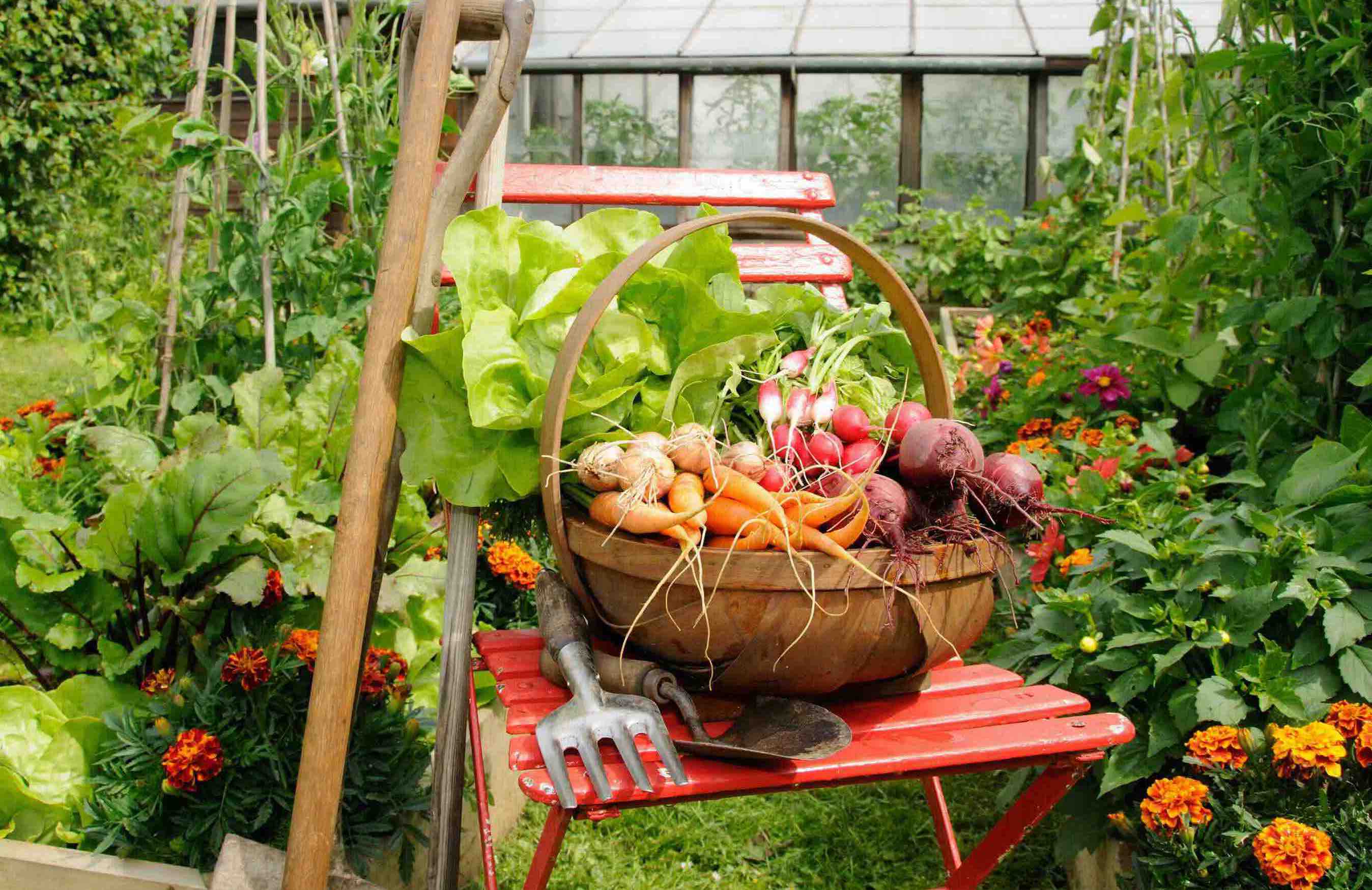
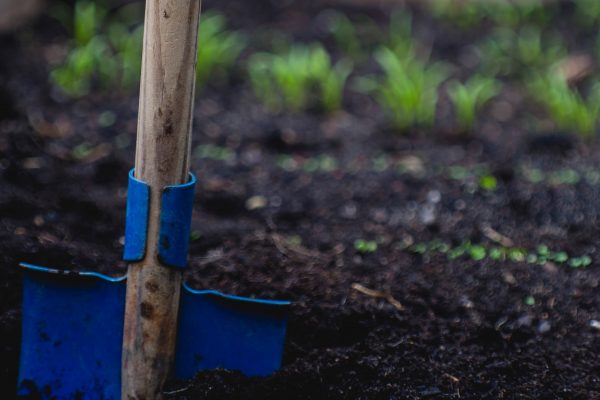
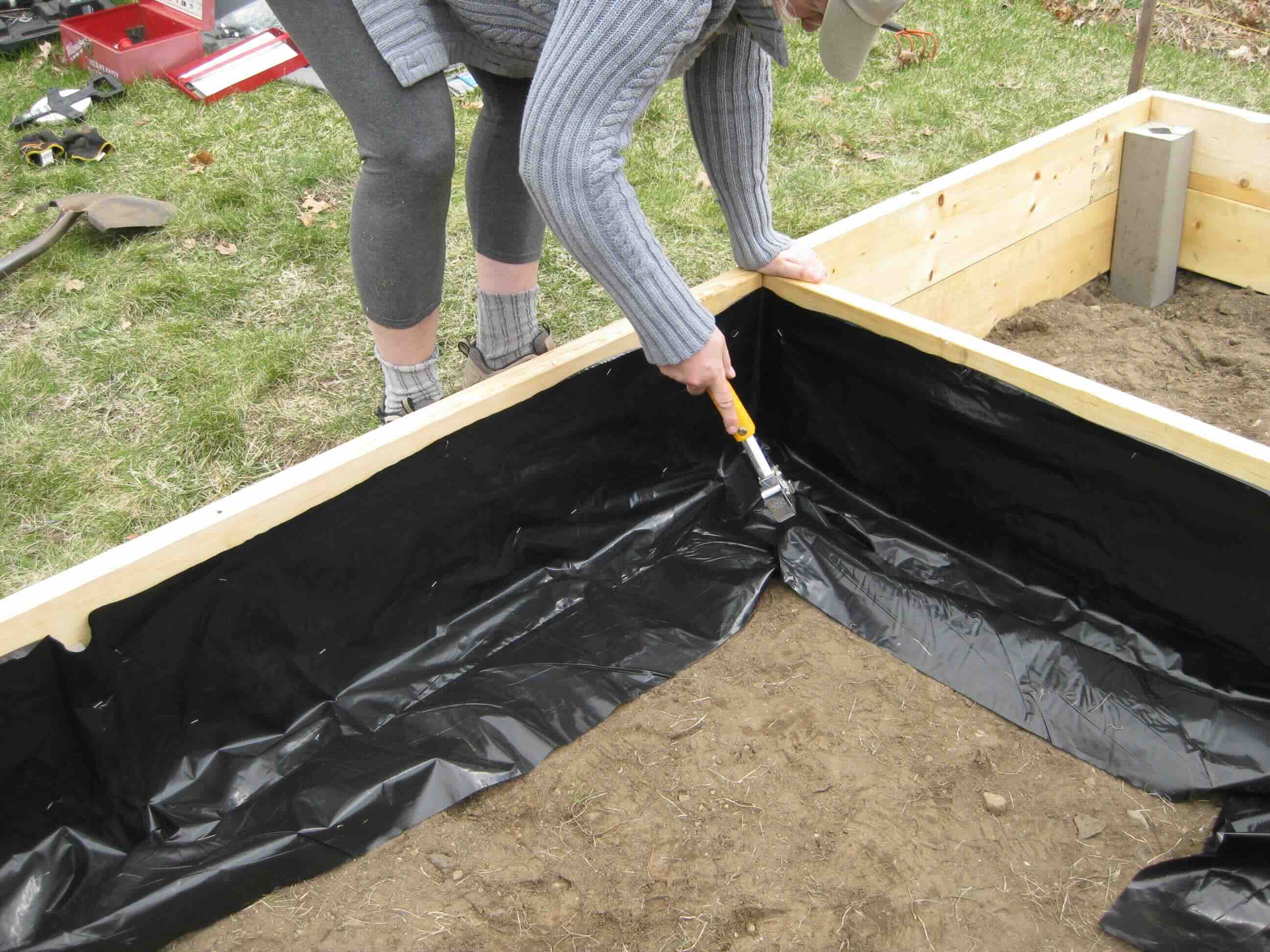
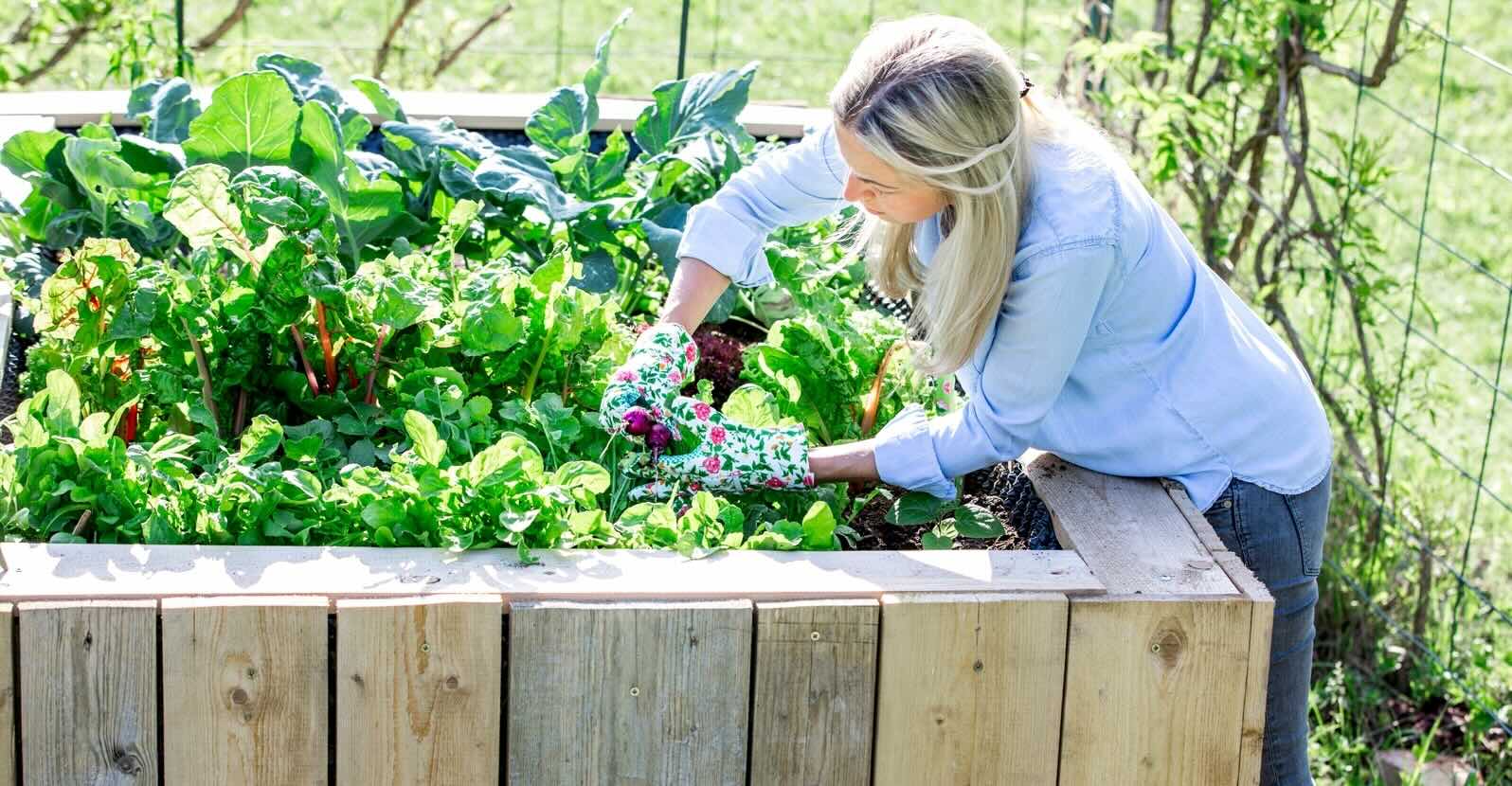
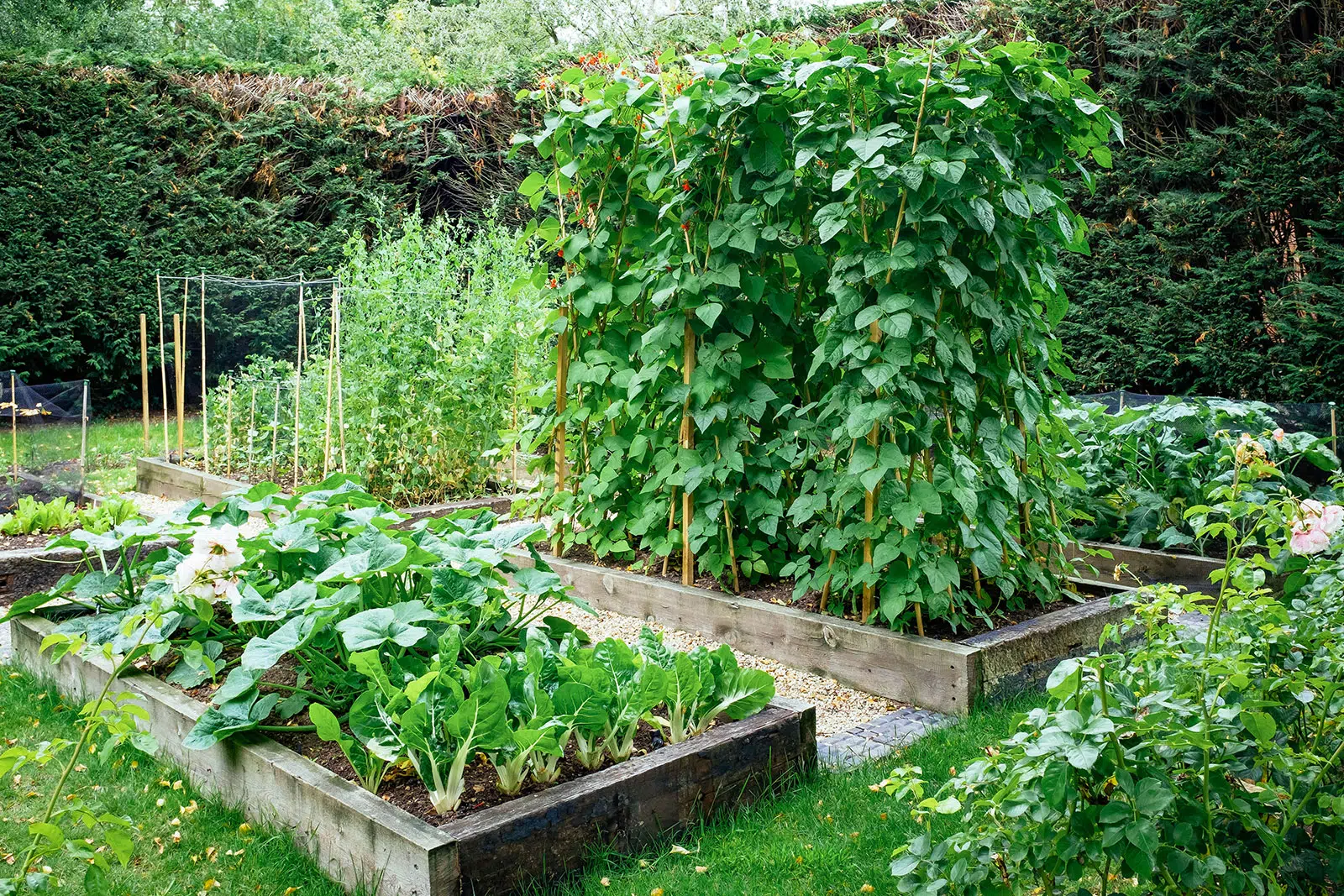
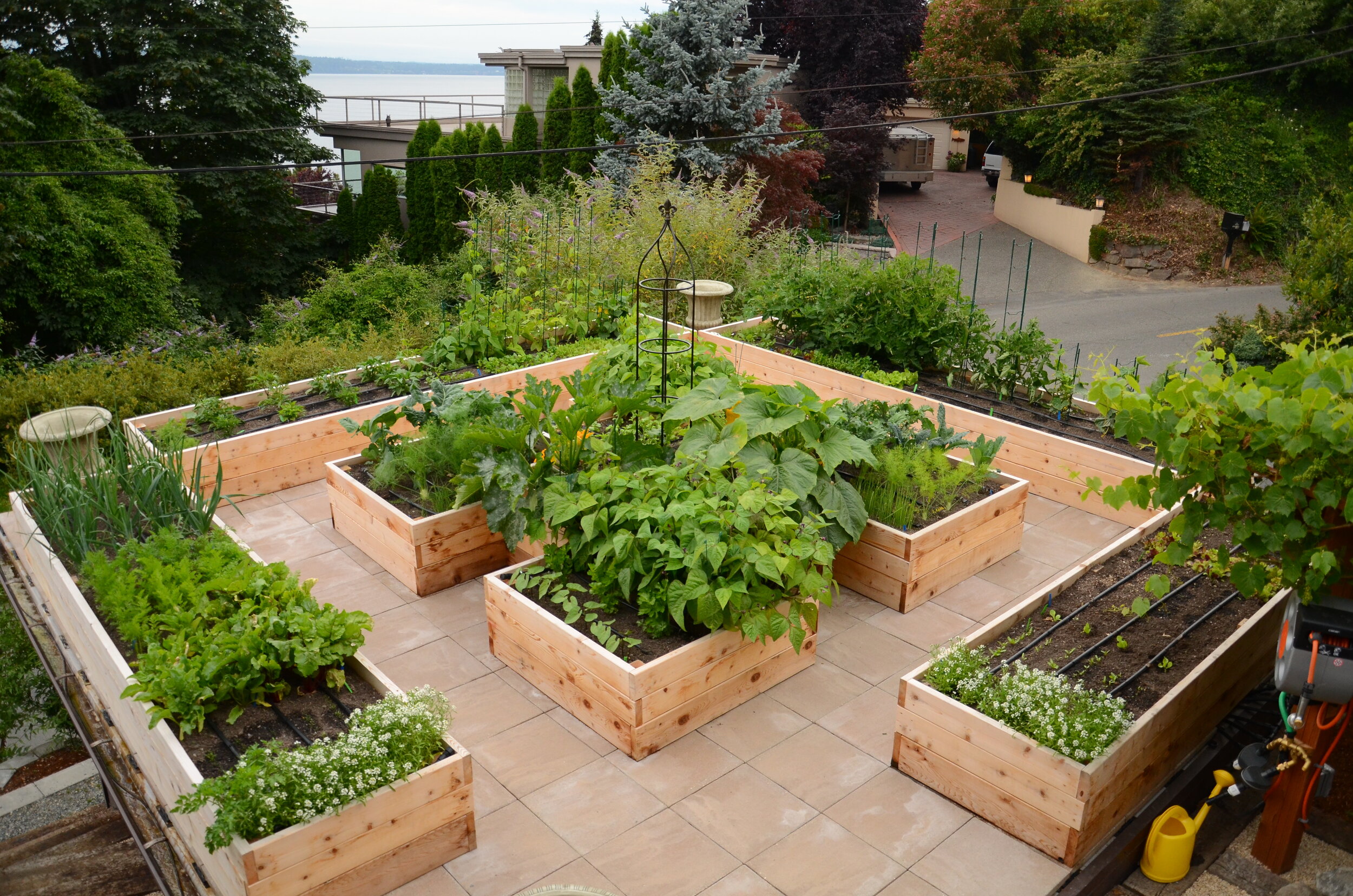
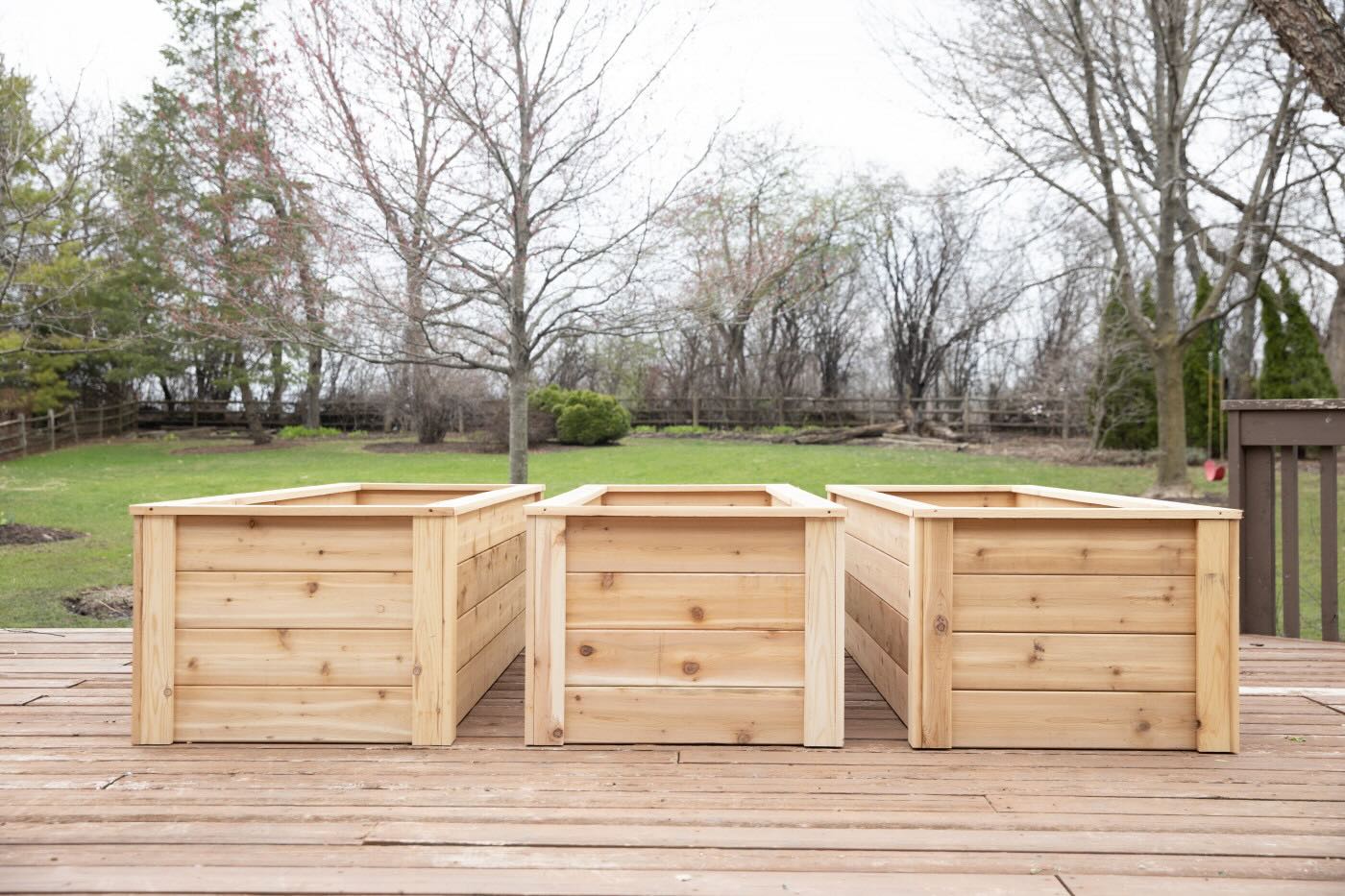
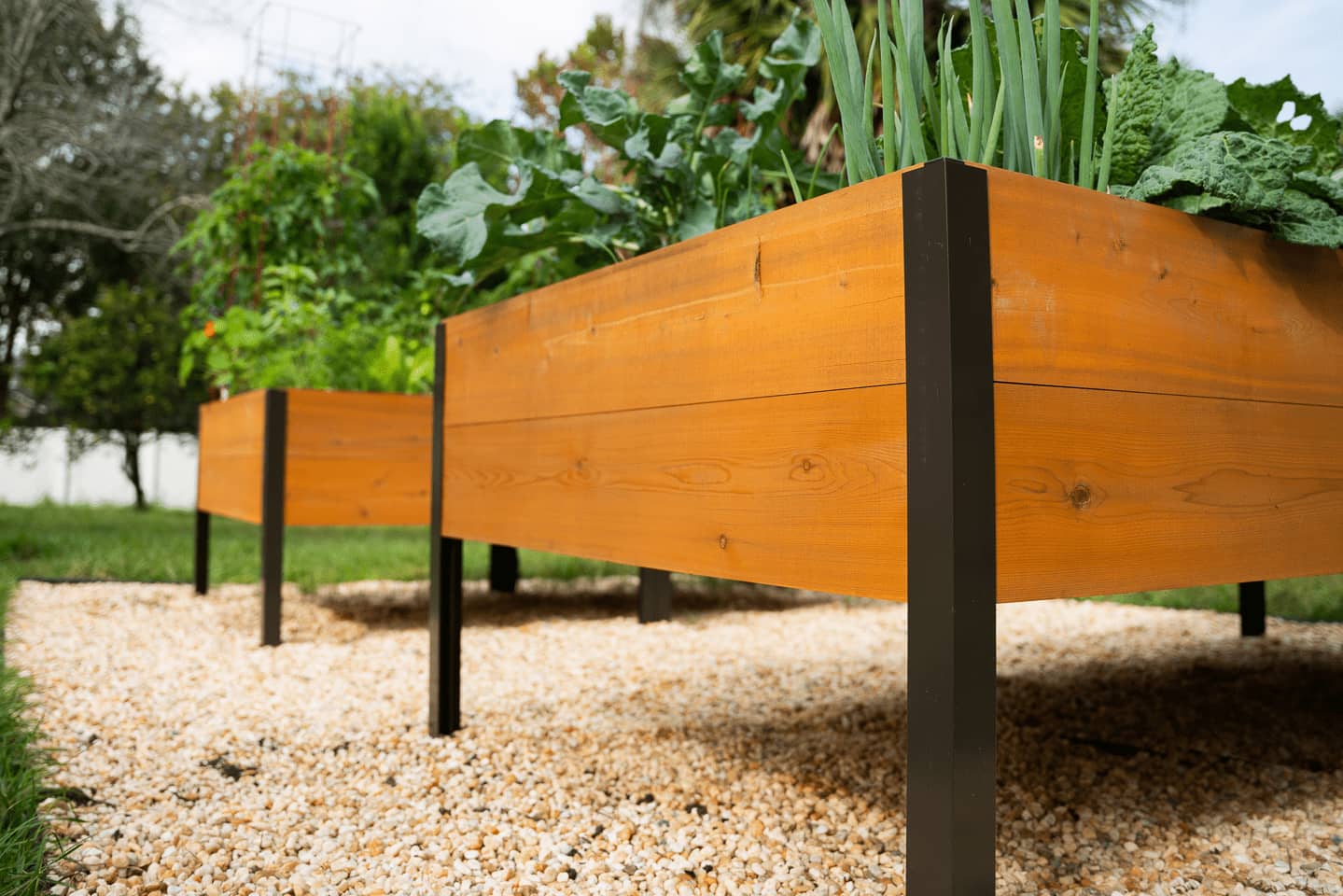
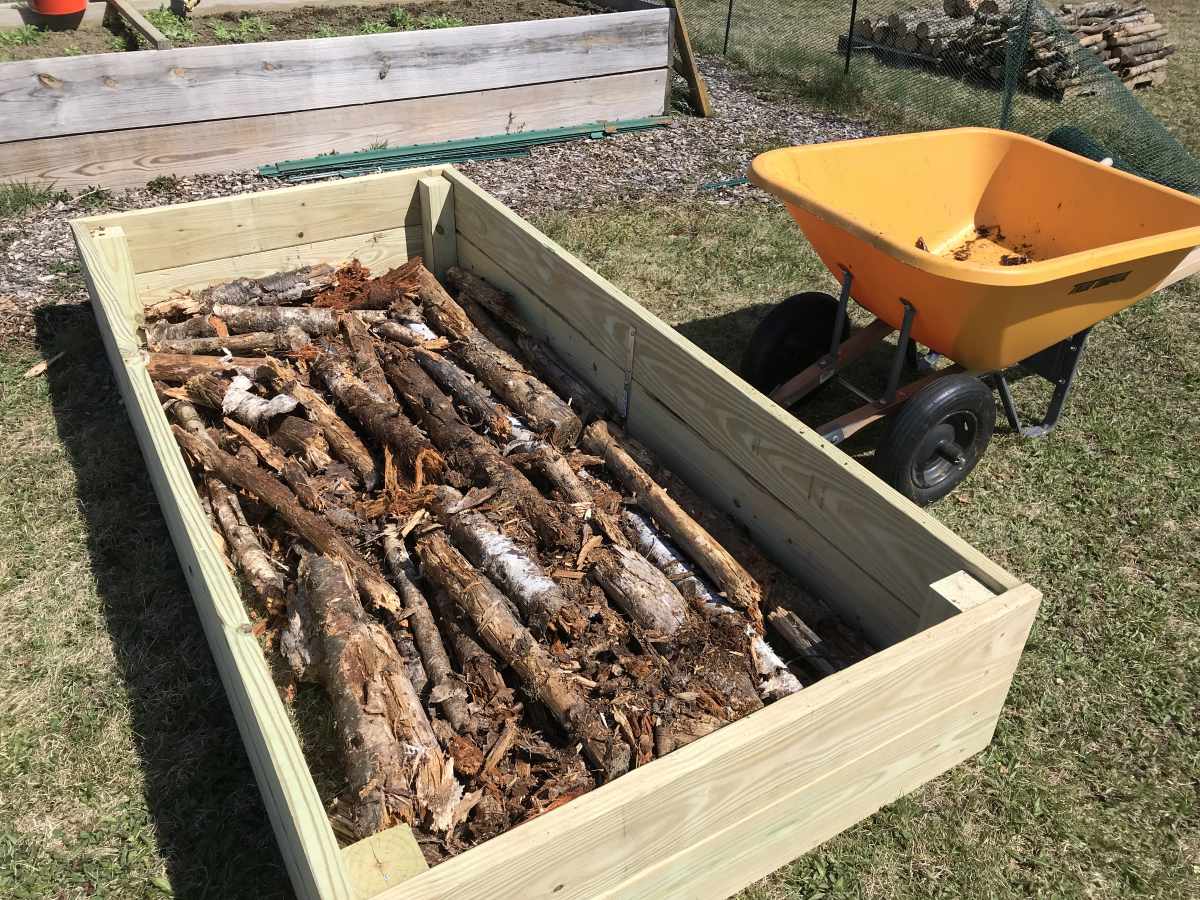
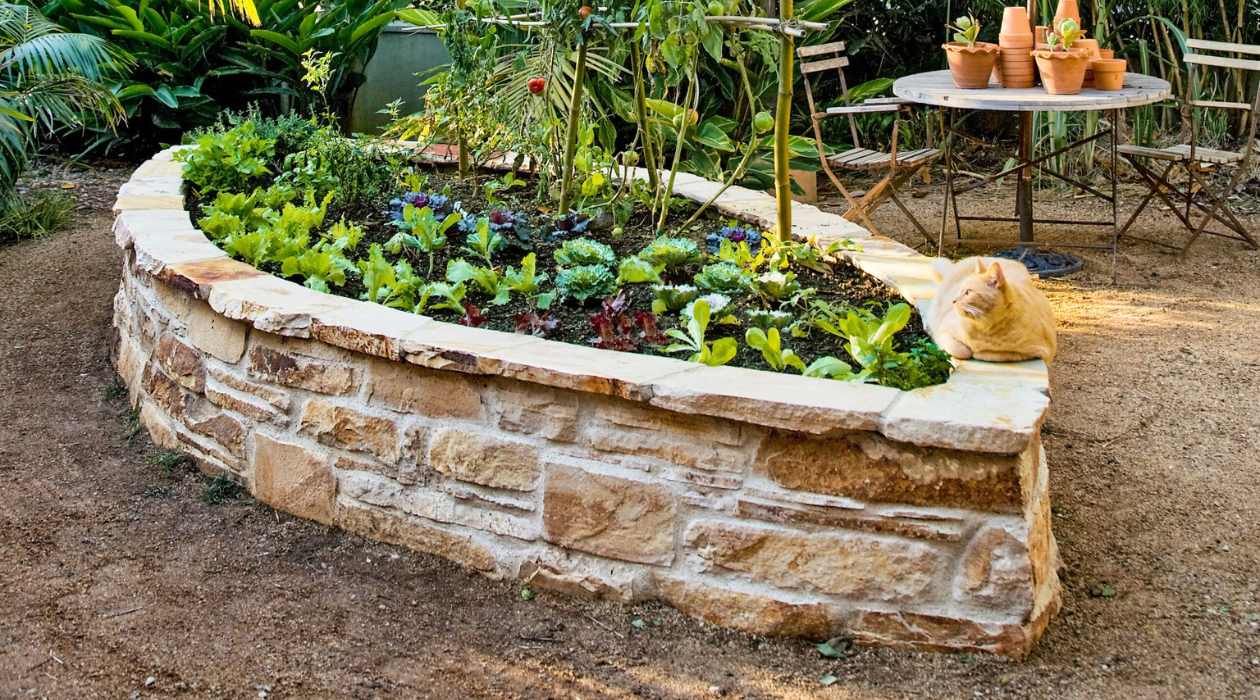
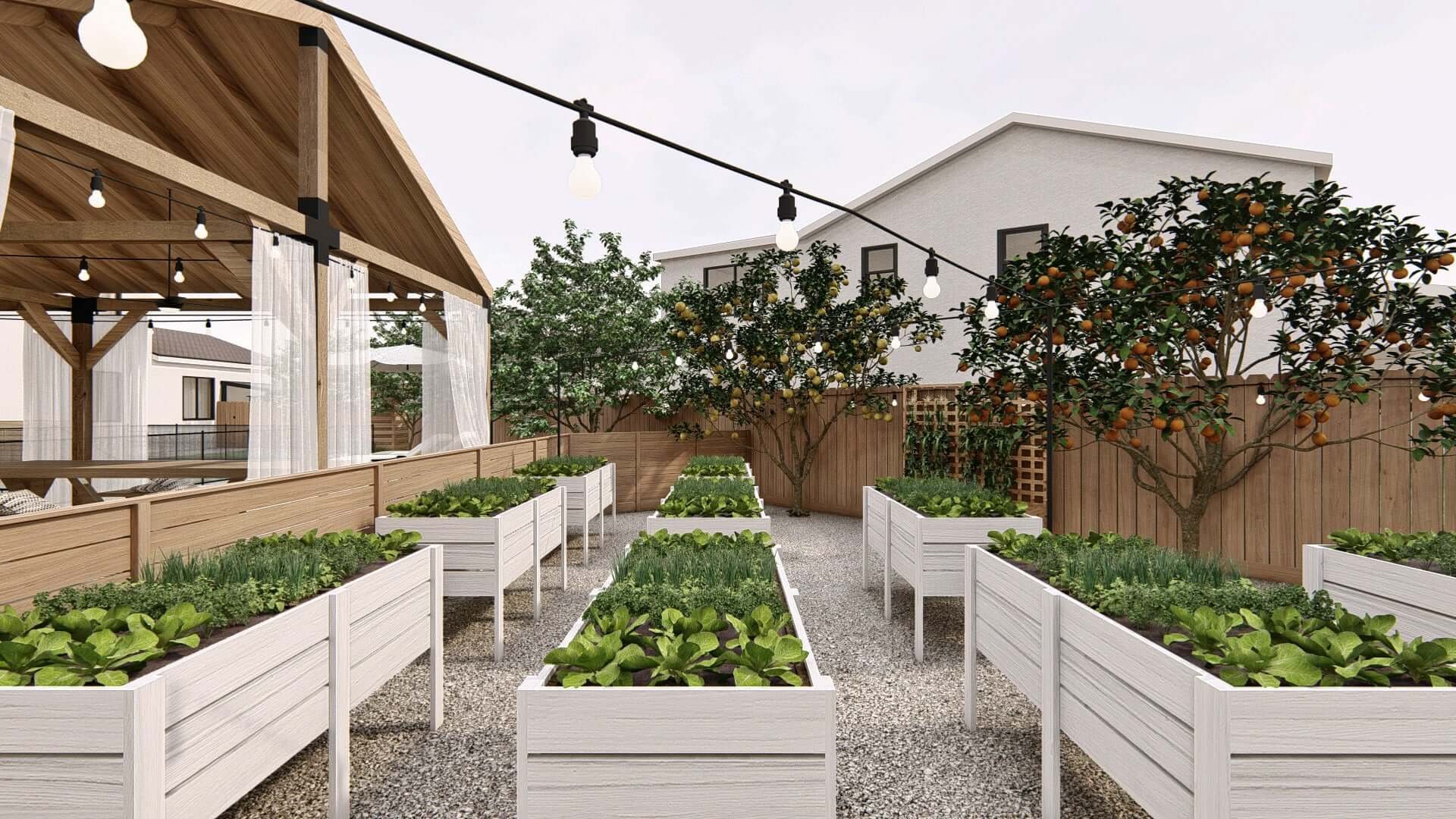
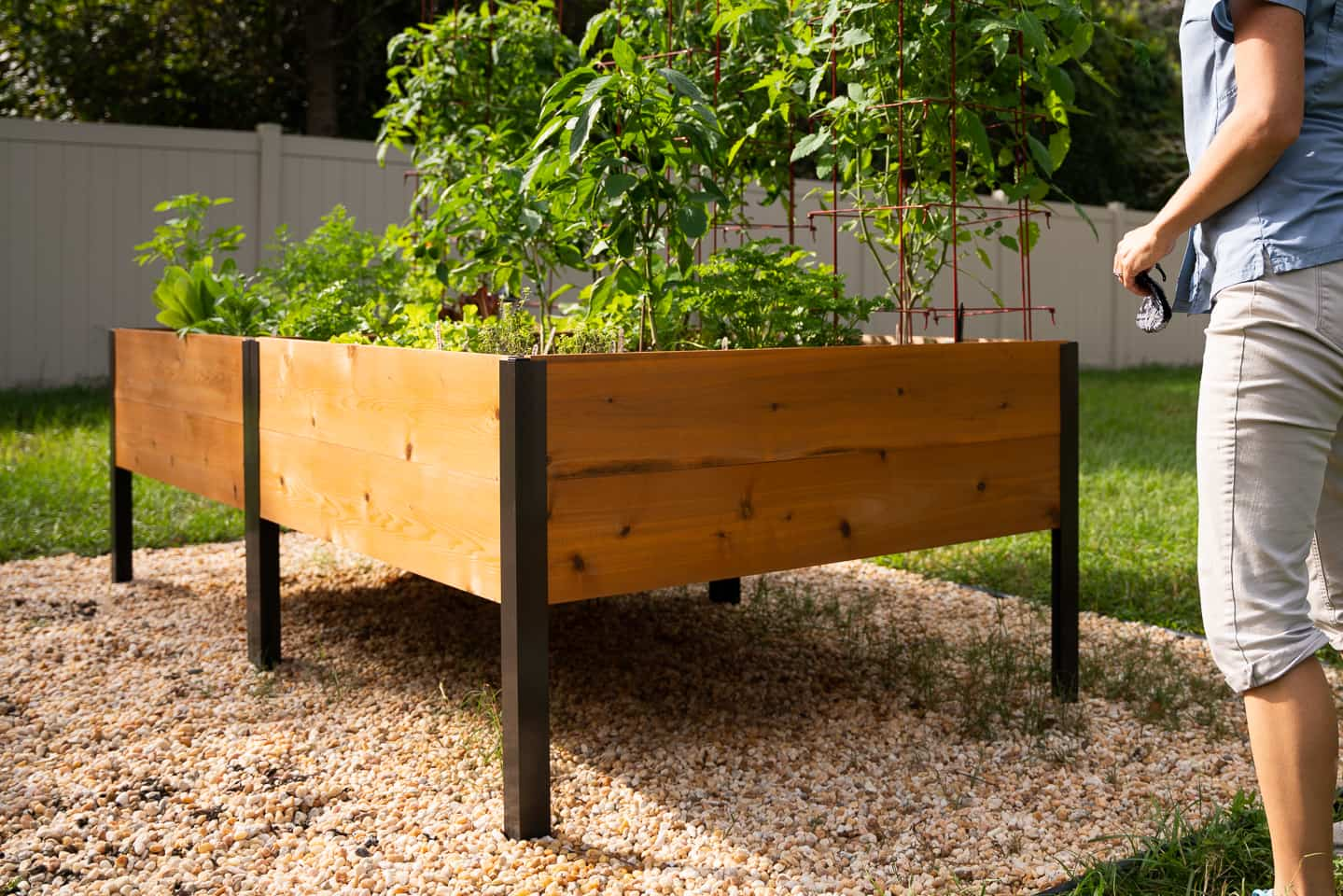

0 thoughts on “What Soil To Use For Raised Garden Beds”